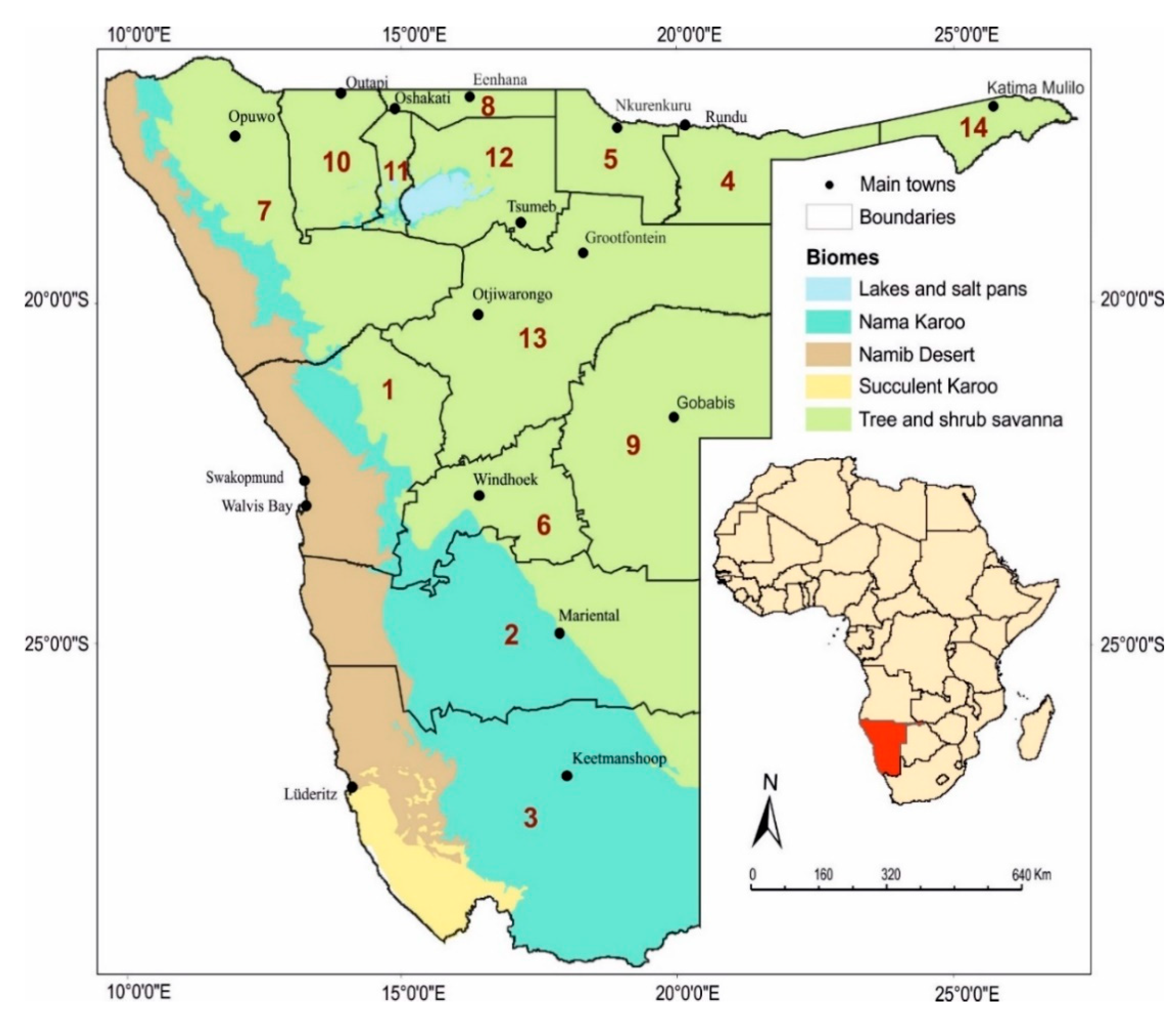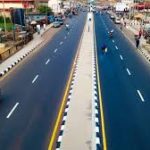CURRENT AFFAIRS UNIT, RADIO KWARA, ILORIN
PROGRAMME: NEWS COMMENTARY
DATE OF BROADCAST: 6/4/89 AT 1810 HOURS
WRITER: LANRE KAWU
In the last few days, the international press has been filled with stories about the clashes in Northern Namibia, between South African forces and the militants of the Namibian Liberation Movement, SWAPO. These clashes have claimed the lives of many people, and came as the Namibian independence opened on April First. According to the South African government, the conflict started when militants of SWAPO began infiltrating across the sixteenth parallel from Angola into Namibia.
In the view of the South African Foreign Minister, Pik Botha, the SWAPO action was contrary to the agreement that paved the way for the implementation of Resolution 435. SWAPO on the other hand, explained that the militants in question, had always operated in the northern part of Namibia. They wanted to be confined to camps in Namibia, to facilitate the independence process. Sam Nujoma, the President of SAWPO, explained that his men only fought back, when they were attacked by the South African forces.
Of course, the South Africans, being the main source of information about the situation on the ground, have sought ample opportunities to show the inability of SWAPO to abide by agreements. They similarly presented themselves as the victims of an attack. But the discerning observers of the Namibian events, will fail to understand why SWAPO would ever jeopardise the agreement and transition program for the independence of their country, for which they have fought, over several decades. Besides, even the opinion polls conducted by the South Africans themselves, show that SWAPO will win a free and fair election in Namibia.
What seems plausible, is that the South African side, using the very inadequate presence of the United Nations Transition Assistance Group in Namibia, has decided to deal the whole independence program, a fatal blow. This is because the racist regime, after over seventy years of the exploitation of the very rich mineral resources of Namibia, was not prepared to vacate the territory anyway.
South Africa was forced into the agreement in the first place, after its humiliating defeat in the hands of Angolan and Cuban forces in 1988. Hand-in-hand, with the acceptance of the independence process, was the withdrawal of the Cuban forces from Angola. So, the South Africans might be calculating, that they would be killing two birds with a stone, namely winning the Cuban withdrawal without Namibian independence.
The outbreak of fighting also exposed the United Nations’ inadequate preparations for the transition program. By the first of April, only fifteen percent of the UN forces were on the ground. The apprehension of the African states, when the UN Security Council Permanent Member states decided to cut expenses on the Transition Program, now seem justified in light of the present tragic outbreak of fighting in the Northern part of Namibia.
Africa, the Non-Aligned movement, and all lovers of liberation, must ensure that concerted pressure is brought to bear on the South African regime to go ahead with the implementation of the independence program. The logic of this position is clear. When independence is achieved in Namibia, the frontier of liberation extends to the border of South Africa itself. That places the apartheid system in serious focus, for subsequent dismantling, to pave way for a non-racial, democratic society.
Finally, the United Nations must live up to the expectations of the African people, in the implementation of the Namibian independence program, for which many Namibian patriots have laid down their lives.


